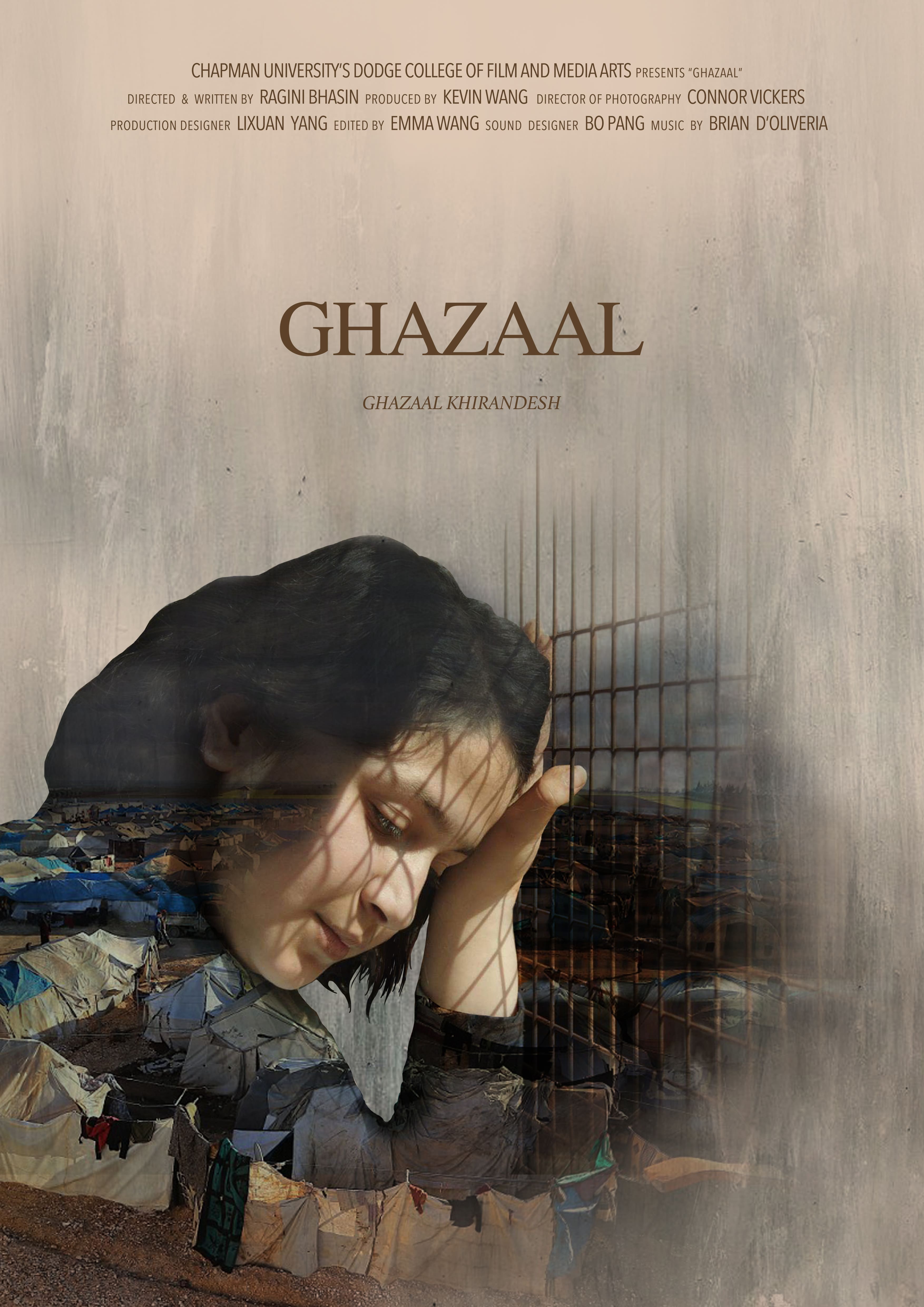My third film, Suspended Inspector Boro, will have released by the time you read this. We shot all the dialog scenes twice – in Assamese and in Hindi – and the Hindi version should be ready in January.
I’ve gone through the censor process three times now, and each time it’s been slightly different. But I’ve come to know what’s really important and what’s not. Tension during the first and second times was at the red level, but this time I felt like a bit of an experienced khiladi.
So here are the basic steps to get a censor certificate in India. (Things will vary from place to place, though, and my experiences relate mostly to the Guwahati regional office. Do go through the faqs on the CBFC website and it would be helpful to use an agent if in the metros.)
https://www.cbfcindia.gov.in/main/faqs.html
Step 0: Write the censor script of your film. This is the most taxing job of the lot, but it’s gotta be done. So put this in the pipeline while you start the other things, too.
Step 1: Register your production company
The Seven Stages of Paperwork Hell I’ve detailed in an earlier article:
https://indiaindependentfilms.com/2017/06/15/4-things-i-learnt-from-my-first-film/
Step 2: Create user id
Go to https://www.ecinepramaan.gov.in and sign up. You don’t need any paperwork for this. You’ll need it after your user id is created, when you register your production company.

Step 3: Register your production company on the ecinepramaan website

Login with your user id. Click on Applicant Profile. You’ll need pdfs of three documents at this stage. I repeat, pdfs. (1) ID Proof (2) Address Proof (3) Company proof . You’ll need to select the document type, upload and click on ADD for each of these.

(Sometimes when you click on a drop down menu, the options appear at the top of the page and you need to scroll back up)
Step 4: Wait for approval
After you’ve uploaded your documents and submitted them, within a working day or two, your local CBFC officer will take a look at your documents at his/her end and approve your production company if everything is in order. You’ll get an SMS saying “Your registration application has been approved. Your CBFC ID is etc. etc. You may now login and avail the service.” (I got an SMS saying it was incomplete. My company certificate wasn’t properly scanned. I resubmitted it and it got okayed)
Step 4A: Get an agent (if in Mumbai or other mega-cities with lots of censor work happening)
My first film, Local Kung Fu, was certified in Mumbai. I used the services of Yusuf Bedre (99677117473). I gave him the moolah and he pretty much did everything. Things will have changed now since a lot of the process has gone online, but a guiding hand still helps. It’s worth the little extra money to be rid of lots of tension.
Step 5: DPX of the film with timecode

(Since almost all the films made in the North-East are of very low budgets compared to Hindi films, we’re permitted to screen the films from our laptops through a projector. In other places, however, one needs to get a DPX made, I believe)
Step 6: DOCUMENTS! DOCUMENTS! DOCUMENTS!
Now I don’t really know about the rules regarding a short film’s certification. I’ve done it for three feature films and one 60-second theatrical trailer, so I can tell about those. You need to submit soft copies of all these online (pdf!) and hard copies at the Regional Office:
- Lab certificate: If your film has been graded by a friend on his setup and not a “lab” lab, then he can write this letter in the name of his company (if he has one). I think an option for self-certification also exists, although I’m not sure. The MOST IMPORTANT thing is the duration of the film. It must not differ even by ONE SECOND from the finished product, or your cinema digitization services UFO, Qube etc will not accept it. After your film has been certified, you need to add the censor certificate and the Akshay Kumar no-smoking sanitary napkin PSA, so your duration will change by 5 seconds for the certificate and 60 seconds for the PSA. Remind your agent or your CBFC officer to make a note of this to show to UFO etc. To avoid this extra jhanjhat this time, we ourselves put in Akshay Kumar and a censor certificate slug right at the censor copy stage itself, so our total runtime included both of these and we didn’t need that extra note.

- The censor script: Handwritten ones aren’t accepted anymore, first thing. (The first Local Kung Fu script was in handwritten Assamese – where would I find an Assamese DTP wala in Mumbai?) The censor script should contain the scene number, opening shot (wide/closeup/etc), a brief scene description, and most importantly, character and dialog, and the timecode at the top, middle and bottom of a page. This is the most painful part of the process, so make sure that whoever does this gets at least 10-15 days.
Note: This sample above doesn’t have scene numbers. Put them in. And we don’t really need tc in and out for every dialog. Top, middle and bottom of page will do (till my last update)

- Affidavit: Get a 100-rupee stamp paper and have a lawyer make an affidavit stating the three points you’re required to.

- Posters: Take postcard size printouts of the posters you intend to use, and get them stamped at your Producers’ Association. In Mumbai, I’m a member of IMPPA (again, refer to my previous article) and in Guwahati, a member of the Film Fraternity of Assam. After stamping, you’ll need to submit to the CBFC office.
- Lyrics etc: Write out all the song lyrics, cast and crew names and synopsis. Make 8 copies each and make 8 sets. Staple them and have ‘em ready.
- No objection certificate from the Animal Welfare Board. This was a tricky thing. I removed a shot of a passing elephant from Local Kung Fu because I had no idea how to go about getting permissions etc. Then in LKF 2, we had a cow behind a fence in a shot which we just couldn’t remove, but thankfully that didn’t cause any problems. So this time, I asked an officer for the exact guidelines on this issue. He said that if animals are just passing through then it’s fine, but if there’s interaction happening with them, then it might fall under the category of performance and that would need to be looked at. So for an upcoming film set in a village, we removed shots of characters touching or picking up pet animals. If you’re going to use an animal extensively, then apply for permission beforehand from the Animal Welfare Board. That procedure I don’t know anything about.
Step 7: Apply and submit documents online
When you have all documents ready and in pdf format (except the poster copies), login to ecinepramaan and click on the Application tab. Choose “Fresh” and start entering details. Important: if your film has subtitles then choose the option that mentions subtitles, otherwise you’ll have trouble later. Suspended Inspector Boro is certified as ASSAMESE WITH ENGLISH SUBTITLES.
Review all your details (especially the film duration – be sure!) and then click on submit. Depending on the duration of your film the total fees needed will be displayed. For my 100 min 23 sec film Suspended Inspector Boro, the fee was 20,500 rupees. You can get a demand draft made but the online payment option would probably be simpler. (I had a small hiccup. My account was debited but the page froze. Fortunately, my officer helped out at the back end). After paying online, make sure to save the receipt and take a printout when you submit the physical documents.
There’s a help desk number you can call if you get really stuck: 022 40904653
Once payment is done and you have the receipt,
Step 8: Submit hard copies to CBFC regional office

(This picture was taken when we were running around with the physical documents and getting a demand draft made. Local Kung Fu 2 was the last film to be certified offline at our regional office.)
We submitted all the documents, single copies of some, 8 copies of others – check the list properly – and then got a date for the screening. In Mumbai etc, the agent will get a date. In not-so-busy offices like Guwahati, the date can be within 2-3 days. In the metros, it’ll take longer. You need to budget for renting the auditorium also. In Guwahati, the two options are the auditorium at Jyoti Chitrabon and the BA theatre in Six Mile. This would cost 7-8000+ depending on where you’re doing it.
Step 9: Screening Day
Be on time! In fact, be early! Make sure your dpx or your mp4/mov/etc (with timecode) are working properly. And make advance arrangements for tea and snacks during the interval.
The screening committee will have 3-4 members. Hopefully they’ll all be sensible, non-bigoted people (like I’ve had the good fortune to have for all three films). They’ll come in, sign some papers, you start the film, and then go and wait outside and imagine all the things the committee might object to. (At least, that’s what I did.) Hopefully the tea and snacks in the interval will keep them in a good mood.
Once the film is over, they’ll call you in and…well, I don’t really know what happens if they have cuts or suggestions or recommendations, ‘cause I’ve never had any. All three films have been smooth sailing with no cuts asked for. For the first, Local Kung Fu, the presiding officer said they were recommending a U/A certificate (for violence and some language) but he was very encouraging and said that I would have no issues anywhere except with selling the film to Doordarshan, which would be the only event that I’d need a U certificate. And if it came to that, they’d help me with re-certification. I asked what if I wanted a U straight away. He said with a smile, “Then we’ll have to recommend some meaningless cuts.” So I decided to go with the U/A.
The committee members then sign some more documents and leave.
Step 10: Sealed copy of the film
If the committee recommends changes and you implement them, then you need to show it to them once again, but not in a full screening this time. It’s just one or two members who’ll watch a dvd (in Guwahati at least). In case of Suspended Inspector Boro, the officer checked that I had put in the “alcohol is injurious” warning in one scene. This dvd is then put in an envelope, sealed and signed by the officer and you, and then archived to be used as evidence in case you decide to play smart and put in a soft porn scene after the censor process is complete.
Step 11: Get the certificate
This can happen the next day itself in case of Guwahati, or after a few days in Mumbai. In case of Local Kung Fu, Yusuf bhai handed me my censor certificate on a rainy day in a restaurant outside Andheri station.
Step 12: Scan and laminate the damn thing immediately!

I took this picture just after stepping out of the CBFC office, and then immediately got it scanned (both front and back) and then laminated. Do this immediately because you don’t want any water falling on it or any other such silly accident. And later on, you’ll need to mail both front and back to UFO etc.
So that’s the extent of my knowledge on the censor process. I’m afraid I don’t know anything about what to do if the committee asks for cuts that you don’t want to make – haven’t had that experience yet. But hopefully this article will put all the necessary info in one place and make the process a little less intimidating.
My films are available here:
Local Kung Fu 1:
Local Kung Fu 2: https://www.moviesaints.com/movie/local-kung-fu-2







Leave A Comment
You must be logged in to post a comment.